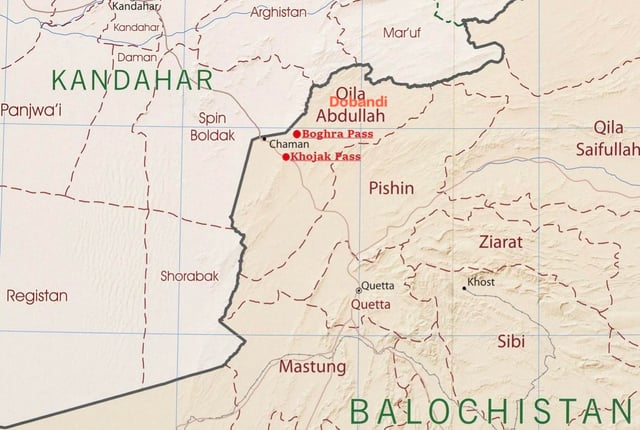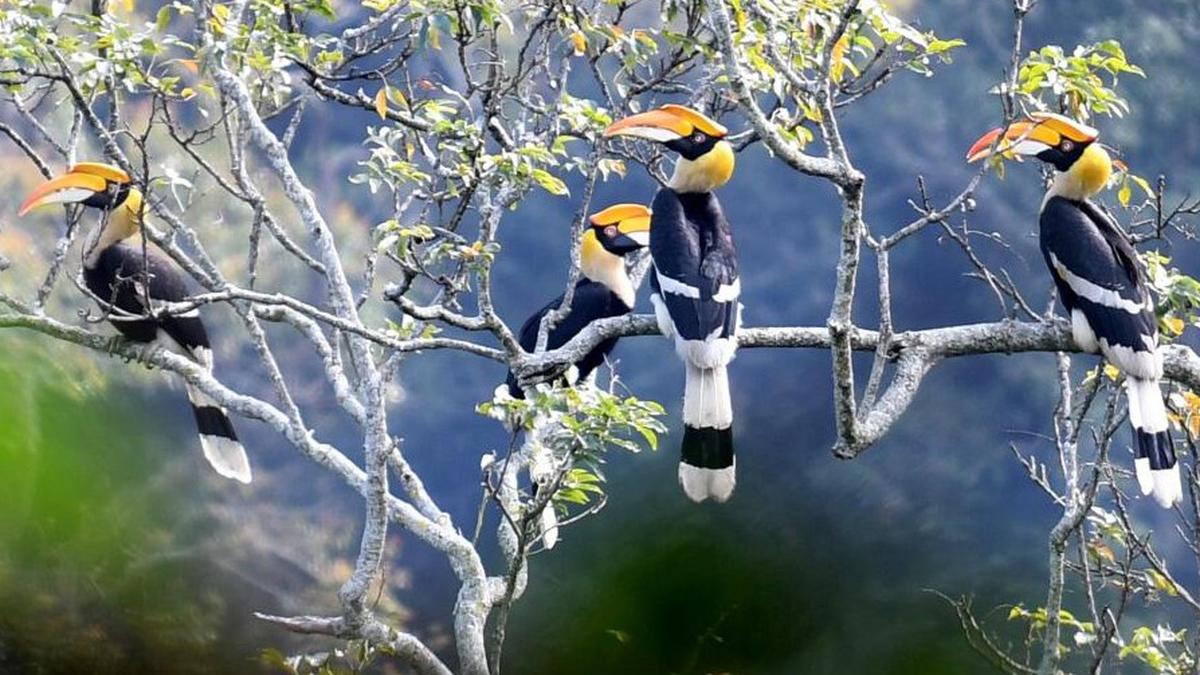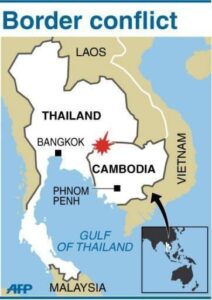1. Context and Background
The International Union for Conservation of Nature (IUCN) released its World Heritage Outlook 4 Report (2025) — an assessment of the conservation status of natural and mixed World Heritage Sites globally.
The report assesses 228 sites (since 2014) across four assessment cycles: 2014, 2017, 2020, and 2025.
It categorises sites into four conservation outlooks:
Good
Good with some concerns
Significant concern
Critical
2. India’s Performance in the 2025 Outlook
Sites with “Significant Concern”
Western Ghats
Manas National Park (Assam)
Sundarbans National Park (West Bengal)
Sites with “Good with Some Concerns”
Great Himalayan National Park Conservation Area (Himachal Pradesh)
Kaziranga National Park (Assam)
Keoladeo National Park (Rajasthan)
Nanda Devi and Valley of Flowers National Parks (Uttarakhand)
Sites Rated “Good”
Khangchendzonga National Park (Sikkim)
Recognised for well-maintained conservation measures and stable ecological conditions.
3. Why the Survey Was Conducted
The report aims to:
Assess the ability of World Heritage sites to preserve their natural and cultural values.
Identify key threats and management gaps.
Provide a “litmus test” for global conservation efforts.
It offers an in-depth global analysis of threats, protection status, and management effectiveness.
4. Major Findings of the IUCN Outlook 4 (2025)
Global Overview
Nearly 40% of sites face conservation concerns.
The proportion of sites with a positive outlook has dropped from 63% (2014–2020) to 57% (2025).
Climate change remains the most dominant threat to natural heritage globally.
5. Key Threats in South Asia (as per the Report)
Top Four Threats (2025)
Climate Change
Alters ecosystems, rainfall patterns, and species distribution.
Tourism Activities
Leads to over-visitation, waste generation, and habitat degradation.
Invasive Alien Species
Threaten native flora and fauna by competing for space and nutrients.
Roads and Infrastructure
Fragment habitats, increase wildlife-vehicle collisions, and promote encroachment.
Other Threats Identified
Forest fires
Hunting and poaching
Illegal logging
Road construction
Waste disposal
Encroachment and urban expansion
Roadkill and habitat fragmentation
6. Site-wise Analysis (India)
(a) Western Ghats – “Significant Concern”
Ecological Importance:
Older than the Himalayas; rich mosaic of forests and grasslands.
Home to ~325 globally threatened species (Nilgiri tahr, lion-tailed macaque, etc.).
A biodiversity hotspot recognised by UNESCO.
Key Threats:
Hydropower projects (e.g., ₹5,843 crore Sillahalla Pumped Storage Project in Nilgiris).
Tourism pressure — garbage ingestion by wildlife; man–animal conflicts.
Plantations replacing natural habitats.
Climate change-induced altitudinal migration (e.g., Nilgiri flycatcher moving upward).
Invasive exotic species — eucalyptus, acacia, etc.
(b) Manas National Park (Assam) – “Significant Concern”
UNESCO World Heritage Site, part of the Manas Tiger Reserve.
Threatened by:
Illegal encroachments and grazing.
Poaching of rhinos and elephants.
Floods and siltation from Brahmaputra tributaries.
Border disturbances near Bhutan.
Weak enforcement of protection measures.
(c) Sundarbans National Park (West Bengal) – “Significant Concern”
World’s largest mangrove forest and home to Royal Bengal Tigers.
Major Threats:
Rising salinity and heavy metal contamination.
Sea-level rise and storm surges due to climate change.
Unsustainable fishing and forest product extraction.
Mangrove degradation, reducing biodiversity and carbon sequestration potential.
7. Comparative Global Insights
China: Seven sites rated among the “best protected and managed”, including:
Badain Jaran Desert – Towers of Sand and Lake
Chengjiang Fossil Site
Mount Huangshan
Indicates effective national policy, community participation, and sustainable tourism models.
8. Ecological Importance of World Heritage Sites
Natural World Heritage Sites cover <1% of Earth’s surface, but support:
>20% of global species richness.
Over 75,000 plant species.
Over 30,000 animal species (mammals, birds, fishes, reptiles, amphibians).
9. Global Policy Linkages
The findings align with the Kunming–Montreal Global Biodiversity Framework (2022), which aims to halt biodiversity loss by 2030.
The UNESCO World Heritage Convention plays a key role in:
Bridging nature and culture.
Protecting high biodiversity and functional habitats.
10. Hope and Good Practices
Positive Examples in Asia:
Mount Wuyi (China) – local youth involvement.
Sinharaja Forest Reserve (Sri Lanka) – community-based conservation.
These demonstrate that inclusive, participatory management can reverse negative trends.
11. Key Takeaways for UPSC
Conceptual Understanding
The IUCN World Heritage Outlook serves as a “health check” and action guide for natural heritage conservation.
India’s challenge: Strengthen site management, tackle invasive species, regulate tourism, and mitigate climate impacts.
Policy and Governance Relevance
Relates to:
GS Paper III: Environment, Conservation, Biodiversity.
GS Paper II: International Reports & Conventions.
Supports initiatives like:
National Mission for Biodiversity and Human Well-Being
Eco-Sensitive Zones (ESZs)
Project Tiger / Elephant / Crocodile
12. Conclusion
The IUCN Outlook 4 (2025) reveals growing stress on India’s and South Asia’s natural heritage due to climate change, development, and poor management.
However, with community participation, stricter regulation, and sustainable eco-tourism, India can turn its “significant concern” sites into “good” conservation models.
The report serves as both a warning and an opportunity to strengthen the ecological integrity of India’s priceless natural treasures.







